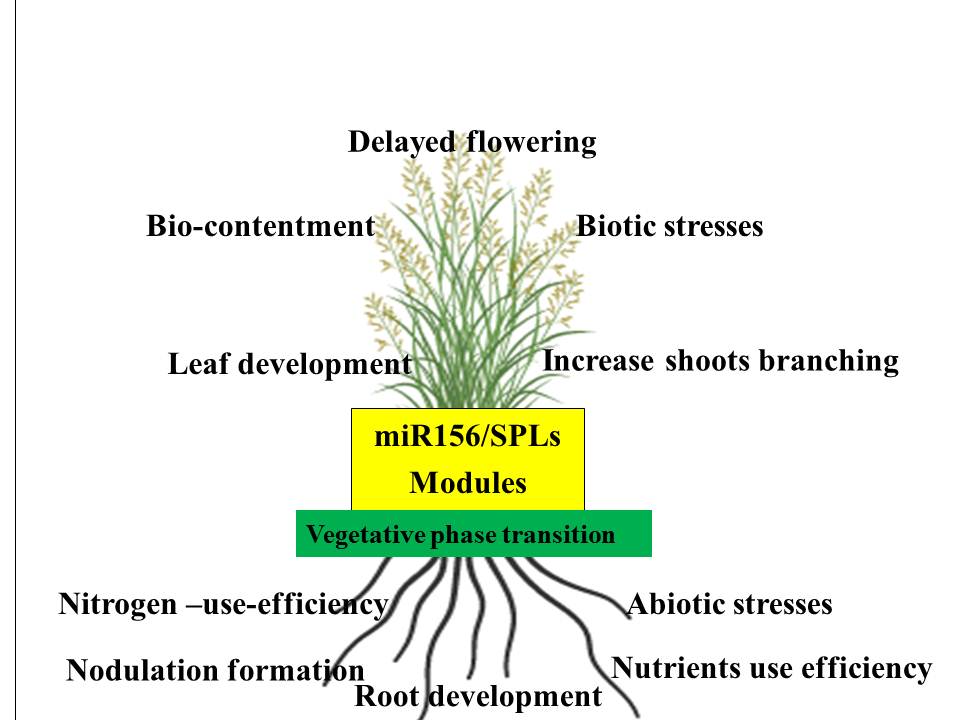Currently, energy security and environmental degradation are the two biggest challenges before humanity that can be surmounted with the use of green and sustainable biofuels produced from lignocellulosic crops. In the future, to ensure adequate and cost-effective supply of biofuels, it requires a sufficient amount of amenable and quality lignocellulosic feedstocks. Therefore, agricultural yields of lignocellulosic biomass crops should be substantially increased by intense genetic maneuvering of key gene regulatory mechanisms and signaling pathways that control plant biomass yield. Recently, numerous miRNAs families are identified, characterized, and validated across the plant kingdom. Plant microRNAs (miRNAs) are 21 to 24 nucleotides long, non-coding small RNAs, act as regulators of their target genes via inducing modifications in transcription, translation, and epigenome. MiRNAs represent many hallmark characteristics like sequence-specific regulation, tissue, and species-specific expression, evolutionary conservation, and functional diversity. They coordinate well physiological and life cycle processes in plants under adverse environmental conditions. Hence, miRNAs offer accurate, precise, and efficient regulatory switches in the miRNA-targeted genetic networks. It is evident from the study of the miR156 family and its target SQUAMOSA PROMOTER BINDING PROTEIN-LIKE (SPL) genes network that controls highly significant agronomic traits in crop plants. The miR156/SPL module acts as a master circuit that synchronizes many intricate complex biological functions such as growth and development, and metabolic processes by sensing internal and external environmental signals in plants. Therefore, miR156 can prove a potential target for miRNAs based plant biotechnology to harmonize complex biofuel traits and improve biomass yield in lignocellulosic biomass crops.

